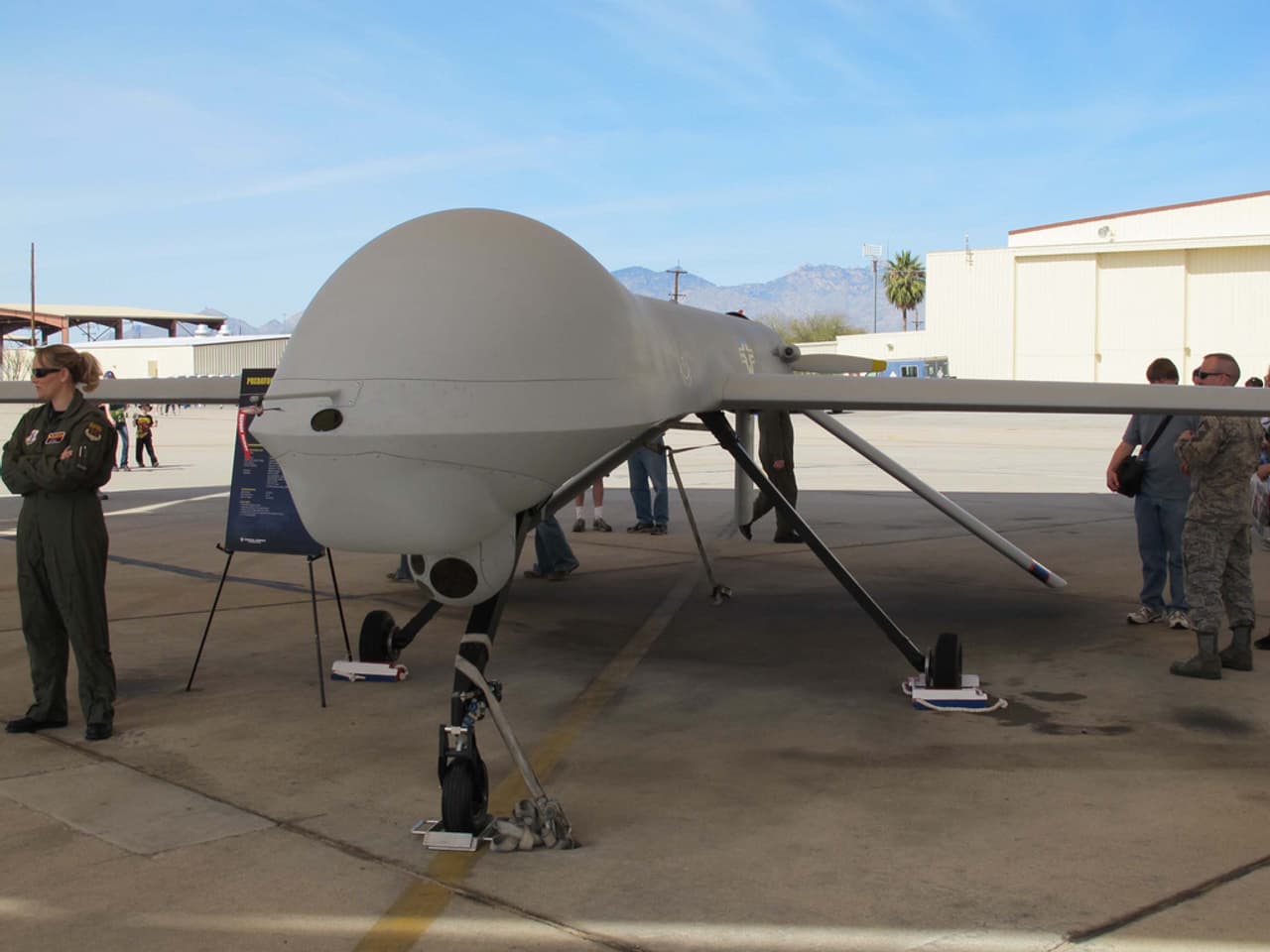8 Global Facts About Drone Warfare You Need to Know- Drone warfare has become one of the most defining elements of 21st-century conflict. What began as a tool for surveillance has evolved into a potent weapon that can strike across borders with deadly precision—without putting a single pilot at risk. But with these capabilities come global consequences. From advanced military strategies to humanitarian concerns, here are eight critical facts you need to understand about drone warfare today.
1. Drones Are Now Essential to Military Power
Modern militaries increasingly rely on drones—not just for spying, but for offensive strikes and high-stakes missions. These unmanned systems provide a major tactical advantage, allowing forces to hit targets from miles away without endangering pilots.
A recent example of this is seen in the ongoing conflict between Ukraine and Russia. Ukrainian forces recently conducted drone strikes that reportedly damaged key radar systems and supply stations in the Black Sea—highlighting how these flying machines can be used to reshape battlefields.
2. Civilian Lives Are Still at Risk
Despite their precision, drone strikes are not immune to tragedy. In conflict zones, distinguishing between combatants and civilians can be incredibly difficult—especially in densely populated areas.
Tragically, just days ago, a drone attack in northwest Pakistan resulted in the deaths of several children and injuries to others. The strike, believed to be part of a counterterrorism operation, has sparked public outcry and renewed debates about the human cost of remote warfare.
3. Drones Empower Smaller, Non-State Actors
It’s not just world powers that wield drone technology. Militias, rebel groups, and even terrorist organizations have gained access to drone capabilities—some homemade, others smuggled or purchased.
A striking example occurred when militants in the Middle East launched a drone into a major city, successfully hitting a residential building. This marked a disturbing evolution, showing that even loosely organized groups can now carry out long-range, coordinated attacks.
4. Drone Strikes Are Escalating Tensions Between Nations
Because drone warfare often occurs in contested regions or without clear attribution, it can increase hostility between rival countries.
A recent military exchange between two nuclear-armed neighbors saw multiple drone and missile attacks on military installations. One side accused the other of launching an unprovoked assault, while the other claimed it had only retaliated against drones that crossed its borders. This type of conflict highlights how easily drone warfare can provoke broader escalations.
5. Artificial Intelligence Is Taking Over Drone Operations
Many drones today are powered not just by remote control but by artificial intelligence. These systems can follow complex instructions, identify targets, and even navigate without GPS. This makes them especially valuable in areas where traditional communication or satellite signals are jammed.
In one recent operation, drones used vision-based AI to complete a mission even after losing contact with human controllers. The success of this mission suggests that autonomous drones may soon dominate future battlefields—raising both strategic possibilities and serious ethical questions.
6. Drones Threaten Civilian Infrastructure
Beyond the battlefield, drones are increasingly being used to target critical civilian infrastructure. Hospitals, power plants, and transportation hubs have all come under attack in modern conflicts.
A particularly devastating incident occurred at a hospital in a war-torn region of Africa earlier this year. A drone strike on the facility’s emergency wing killed dozens, including patients and medical staff. Such attacks not only cause immediate loss of life but also cripple essential services in already vulnerable areas.
7. The Sea Is the New Frontier for Drones
While aerial drones get the most attention, maritime drone warfare is rapidly growing. Unmanned sea vessels can now carry surveillance equipment and even launch missiles—expanding the reach of naval operations.
In a groundbreaking moment during a recent conflict, a naval drone reportedly launched a successful strike on a fighter jet over the sea. This marked a new chapter in the evolution of military tactics and underscored the expanding theater of drone warfare.
8. Accountability Remains a Legal Grey Area
Despite the growing use of drones in warfare, international law is still catching up. Many drone strikes occur in areas where jurisdiction is unclear, or where governments deny involvement altogether.
Earlier this month, a humanitarian aid vessel sailing in international waters was hit by a drone strike. No nation has claimed responsibility, and investigations remain inconclusive. Incidents like these reveal just how difficult it is to enforce accountability when warfare is conducted remotely and anonymously.
Final Thoughts
Drone warfare is no longer the future—it’s the present. These machines have changed how wars are fought, who can fight them, and who pays the price. While drones offer undeniable tactical benefits, their increasing use raises profound questions about human rights, sovereignty, and the laws of war.
Until clearer international regulations are in place, and until transparency becomes a standard in drone use, the world remains on edge. One thing is certain: the drone wars have only just begun.
How Does Banana Blossom Compare to Traditional Fish in Terms of Flavor and Texture? | Maya




